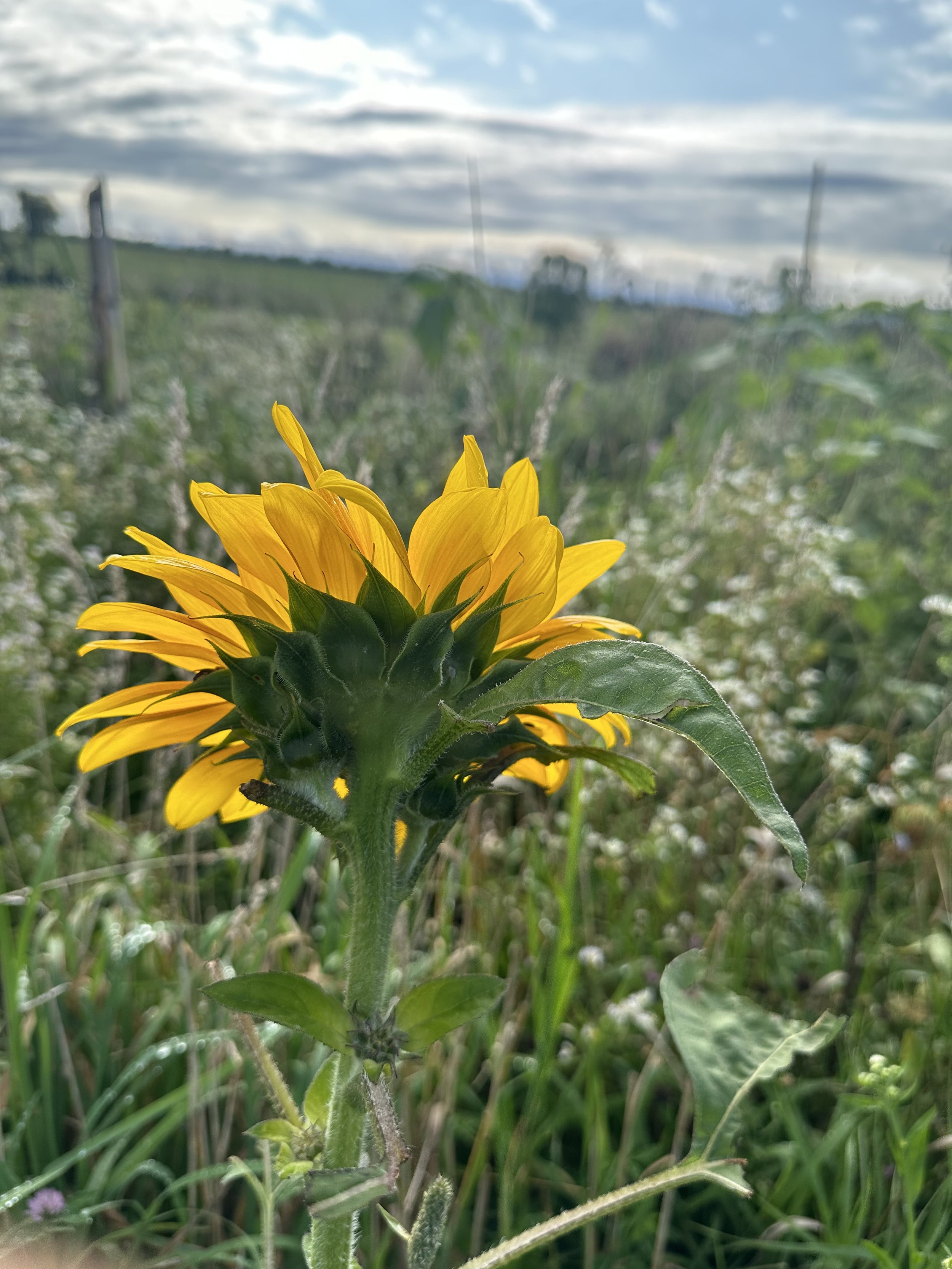Benefits Of Beeswax
What is Beeswax?
A given hive will pollinate and collect nectar from flowering plants within a 2 to 5 mile radius on average. Honey bees suck down sugary nectar from the flowers and bring it back to the hive where it will be transferred from honey bee to worker bee and from worker bee to honeycomb. As the water from the nectar evaporates and mixes with the digestive enzymes, the sugary syrup transforms into honey.
Some of this honey is then collected again by the worker bees and converted into wax in their abdomen. After it’s secreted, the bees then chew up this wax until it’s soft enough to shape into those famous hexagons. These beeswax cells provide a nursery for the queen bee’s eggs and a storage unit for the nectar and honey that will be kept for later consumption.
When it comes time for harvest, beekeepers have the option to scrape off the top layer of beeswax to collect the honey or to sell the entire honeycomb intact. While the harvest is reduced when the bees have to spend time each year rebuilding their hive, the nutritional benefits to consumers are invaluable.
Nutritional Benefits of Beeswax
Besides giving honey both a slight crunch and its chewy texture, beeswax comes with its own host of nutritional benefits.
Lowers cholesterol levels – Long-chain fatty alcohols like the ones found in beeswax are reported to lower the levels of bad cholesterol in humans. Cholesterol is a natural type of fat in the blood that’s made in the liver. At healthy levels, it assists in the proper function of the brain, skin, and other various organs.
Antimicrobial properties – Beeswax is known to protect against certain types of infections, such as those from E coli, staphylococcus, and salmonella. This explains why in ancient medicinal practices, honey was used to coat burns and war wounds to ensure proper healing. And why eating it was supposed to help prevent diseases. Turns out, those ancient apothecaries knew a thing or two.
Honey, pollen, and royal jelly – When eating beeswax, you’re probably eating it with the honey slathered all over it. When you eat honeycomb, it means you’re eating the rawest form of honey—which also happens to be the healthiest form. Honeycomb avoids the process of pasteurization which removes the B-vitamins, digestive enzymes, royal jelly, and leaves just the honey. Which, honey alone is great and full of nutritional value, but why leave out all the other good stuff?
More Beeswax Benefits
Although chewing on wax isn’t everybody’s favorite hobby, there are other benefits of beeswax that you’re probably not even aware of. Here are the most common ways you can use beeswax in your daily routine:
Lip balm – If you want your own personalized form of lip balm, consider employing our buzzy friends. Beeswax is great for locking in hydration, which is why so many moisturizers utilize it.
Soaps – Similar to lip balm, beeswax is known for being a key ingredient in natural soaps. Its emulsifying properties help to give the soap its shape and texture.
Candles – Have you ever wondered how to use beeswax to make candles? If you are looking for a fun DIY project, beeswax candles can be made from home.
Wood or furniture polish – Surprisingly beeswax can be used for wood polish to keep furniture looking brand new for years to come. Beeswax has an almost infinite shelf life and supports a waste-free, natural home. ( beeswax also makes for good shoe polish too!)



